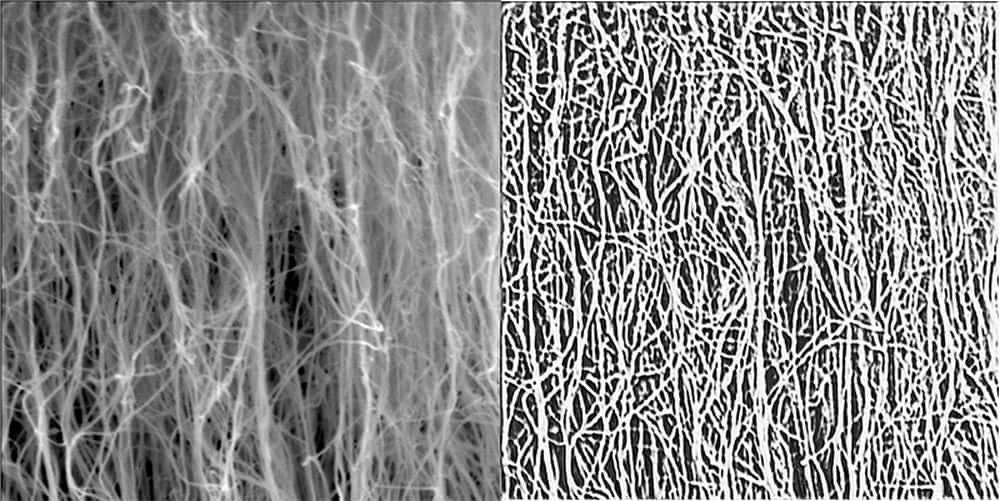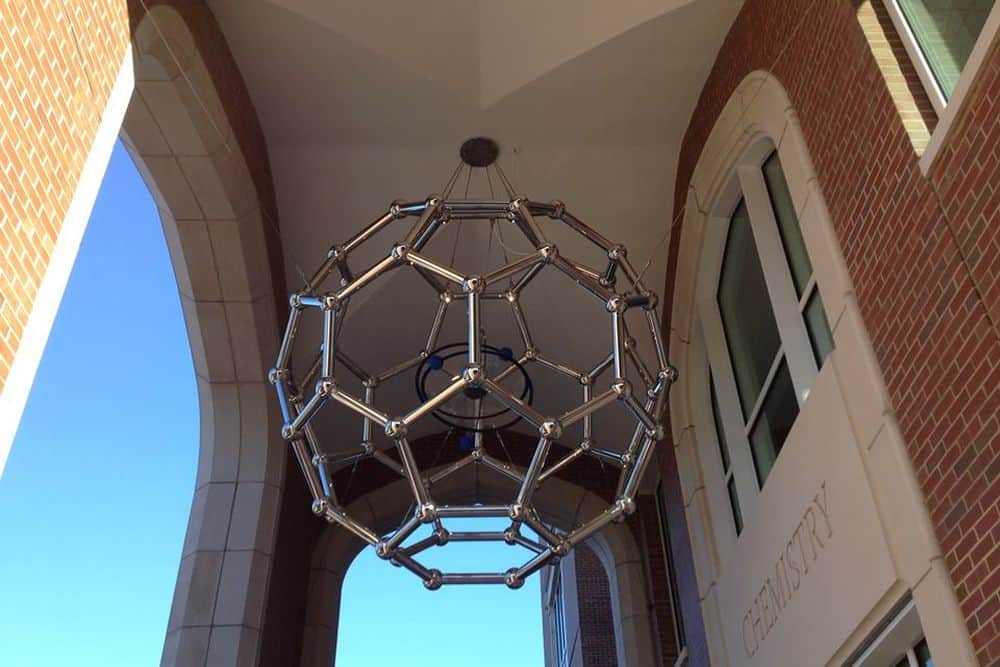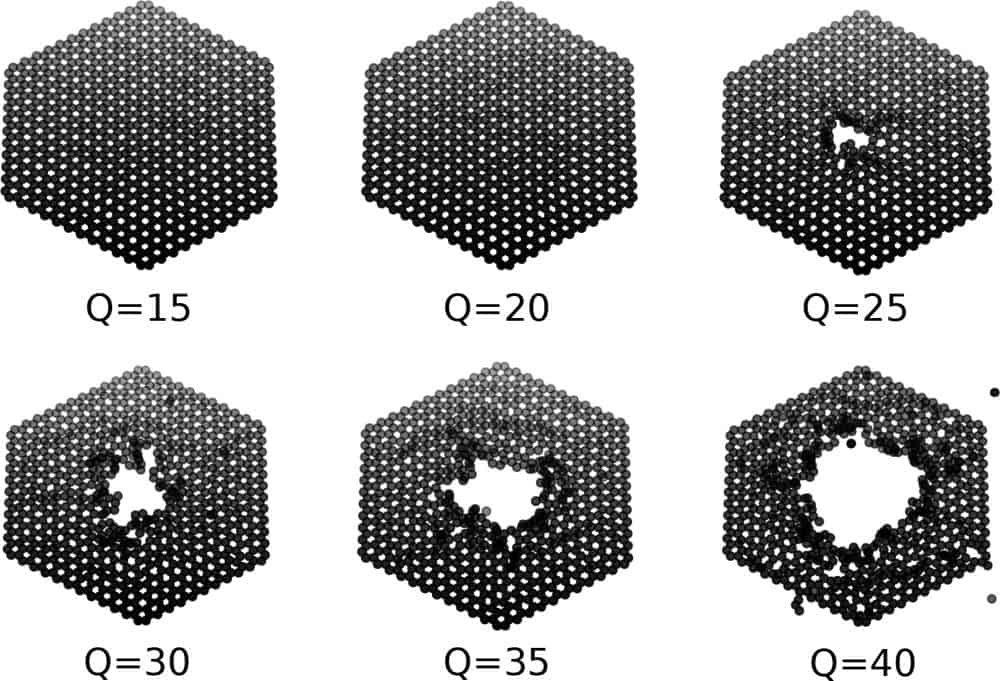The increasing use of nanoparticles across all sectors has led to some concerns within the food industry, as nanoparticles do not necessarily behave the same way as their larger counterparts. A new study by Stanford University researchers showed that mesoporous silica, a common food additive, can react with key biomolecules, which could lead to increased oxidative stress in the body.
Read MoreDespite the meteoric rise of MXenes from discovery to commercial products in only a decade, the environmental impacts of MXene synthesis have not been assessed systematically. ACerS member Babak Anasori helped lead two recent studies that provided a life cycle assessment and step-by-step guide for synthesizing Ti3C2Tx MXenes, respectively.
Read MoreCurrent methods for controlling “runaway” thermal reactions such as combustion and pyrolysis remain rather rudimentary. Researchers led by North Carolina State University developed a new nanocoating that, when applied to a material before combustion, allows for the reaction rate and direction of ignition propagation to be controlled.
Read MoreGrowing carbon nanotubes on metal foils rather than traditional silicon or quartz substrates would allow the process to be easily integrated into large-scale manufacturing processes. But metal foils present other challenges, such as reactivity at high temperatures. Lawrence Livermore National Laboratory researchers published a review paper summarizing efforts to overcome these challenges.
Read MoreFerroelectricity traditionally is believed to only occur in compounds. However, in the past decade, some theoretical works suggested that ferroelectricity is possible in certain elementary substances. Now researchers in China and Singapore experimentally confirmed ferroelectricity in monolayer α-phase bismuth.
Read MoreFor researchers to improve the properties of carbon nanotubes grown en masse, they must first be able to measure and characterize how individual nanotubes are assembled within carbon nanotube “forests.” In a recent paper, researchers at the University of Missouri outlined a deep learning technique to segment these forests in scanning electron microscopy images.
Read MoreAs applications for carbon nanostructures flourish, the exploration for new carbon structures continues. Today’s CTT highlights three discoveries announced during the past few months.
Read MoreBombarding materials with highly charged ions is one way researchers can manipulate and modify 2D heterostructures. TU Wien researchers developed a model to simulate this bombardment and reveal why, when hit, some 2D materials form nanopores and others do not.
Read MoreSmall scale, big discoveries: Reducing thickness of antiferroelectric films turns them ferroelectric
While size effects in ferroelectric materials have been extensively studied, there are far fewer studies on how structure and properties evolve in antiferroelectric materials with reduced dimensions. In a recent open-access paper, researchers report the surprising discovery that below a certain thickness, antiferroelectric films will become completely ferroelectric.
Read MoreAdvanced applications are not the only use for advanced materials. A graduate engineering student at Drexel University discovered he could create bleed-free inks for calligraphy using MXenes, a novel 2D material family comprising transition metal carbides and nitrides.
Read More









